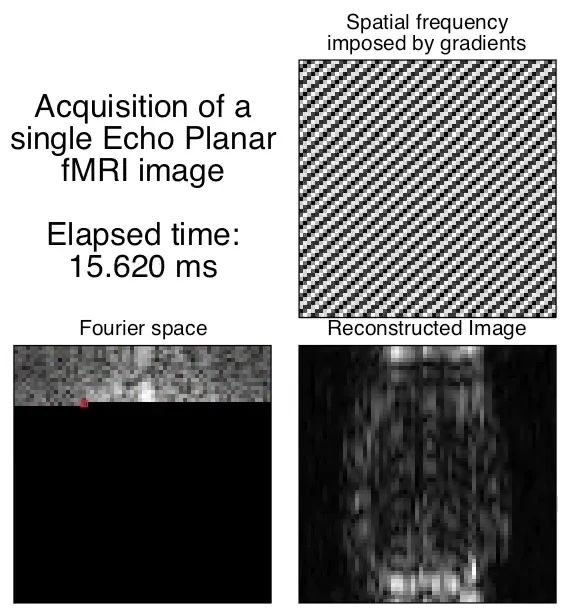Marc Coutanche
@marccoutanche.bsky.social
3.8K followers
1K following
220 posts
Neuroscientist, Cognitive Scientist. Examining memory, learning, new fMRI methods, ⬆️ funding for science. Personal account.
Posts
Media
Videos
Starter Packs
Reposted by Marc Coutanche
Reposted by Marc Coutanche
Reposted by Marc Coutanche
Reposted by Marc Coutanche
Reposted by Marc Coutanche
Reposted by Marc Coutanche
Reposted by Marc Coutanche
Reposted by Marc Coutanche
Reposted by Marc Coutanche
Reposted by Marc Coutanche
Reposted by Marc Coutanche
Reposted by Marc Coutanche
Dominika Varga
@dkvarga.bsky.social
· Sep 4
Reposted by Marc Coutanche
Tom Kash
@superkash.bsky.social
· Aug 29
Reposted by Marc Coutanche
Mariam Aly
@mariamaly.bsky.social
· Sep 2

Repeated Viewing of a Narrative Movie Changes Event Timescales in The Brain
Many experiences occur repeatedly throughout our lives: we might watch the same movie more than once and listen to the same song on repeat. How does the brain modify its representations of events when...
www.biorxiv.org
Reposted by Marc Coutanche
Reposted by Marc Coutanche

















